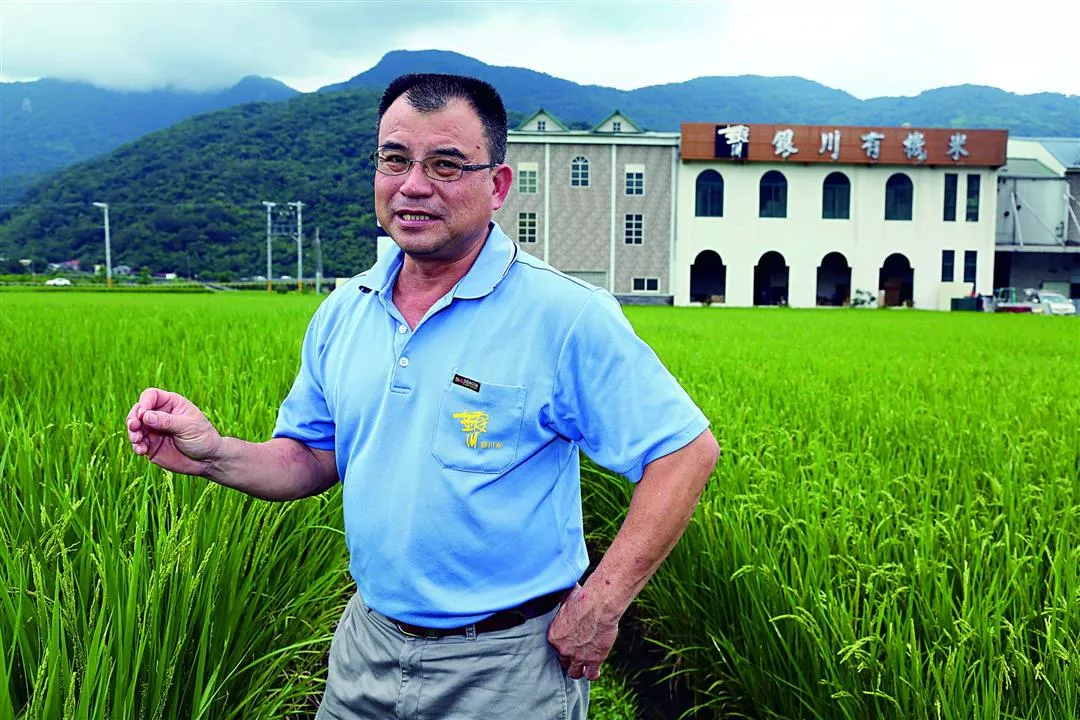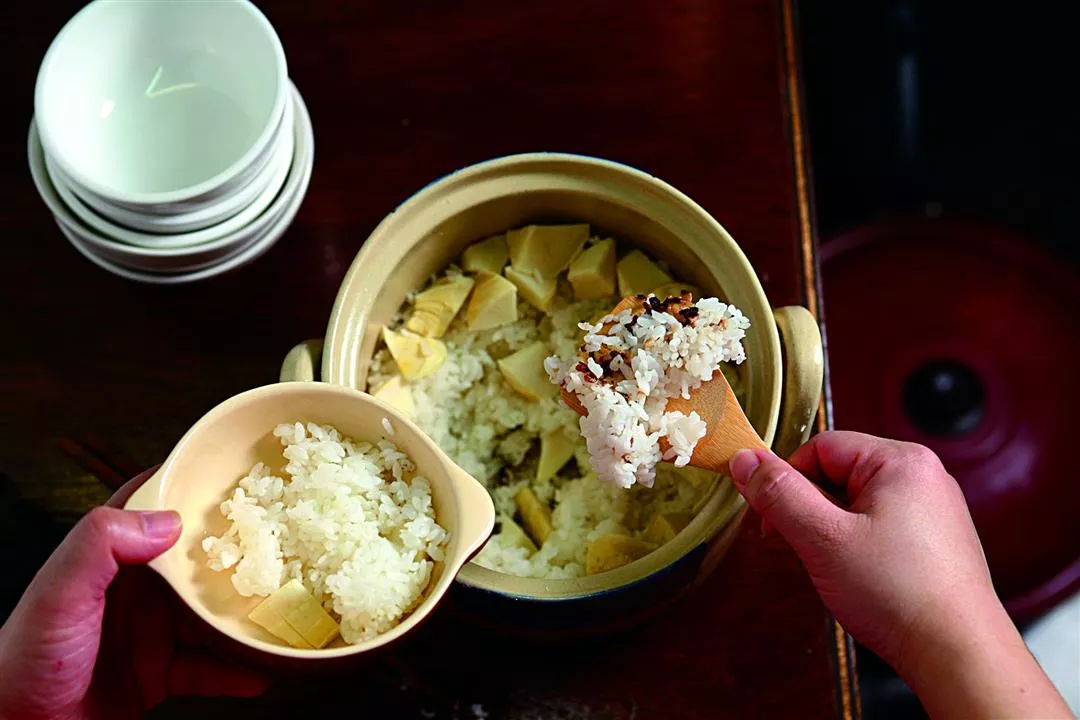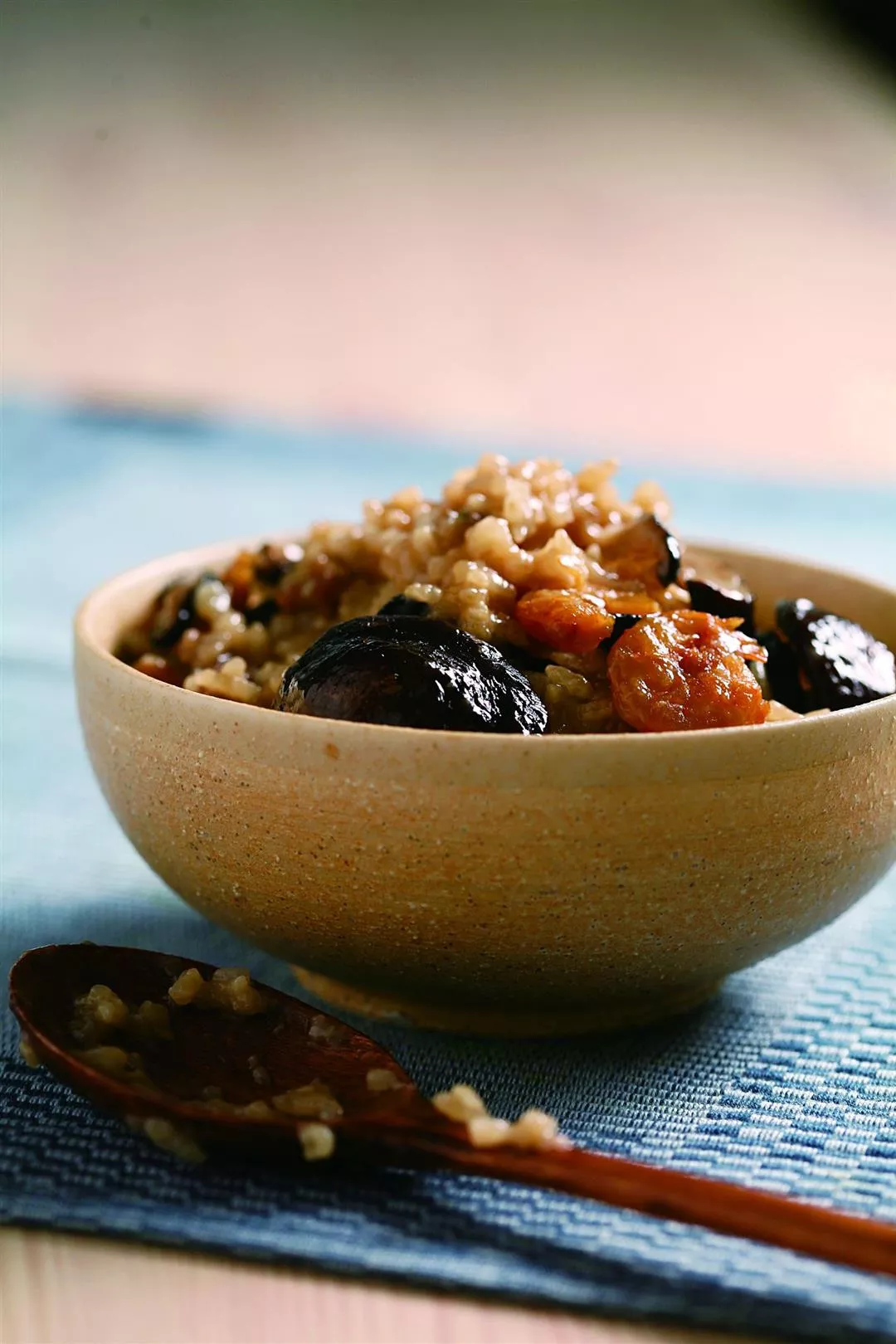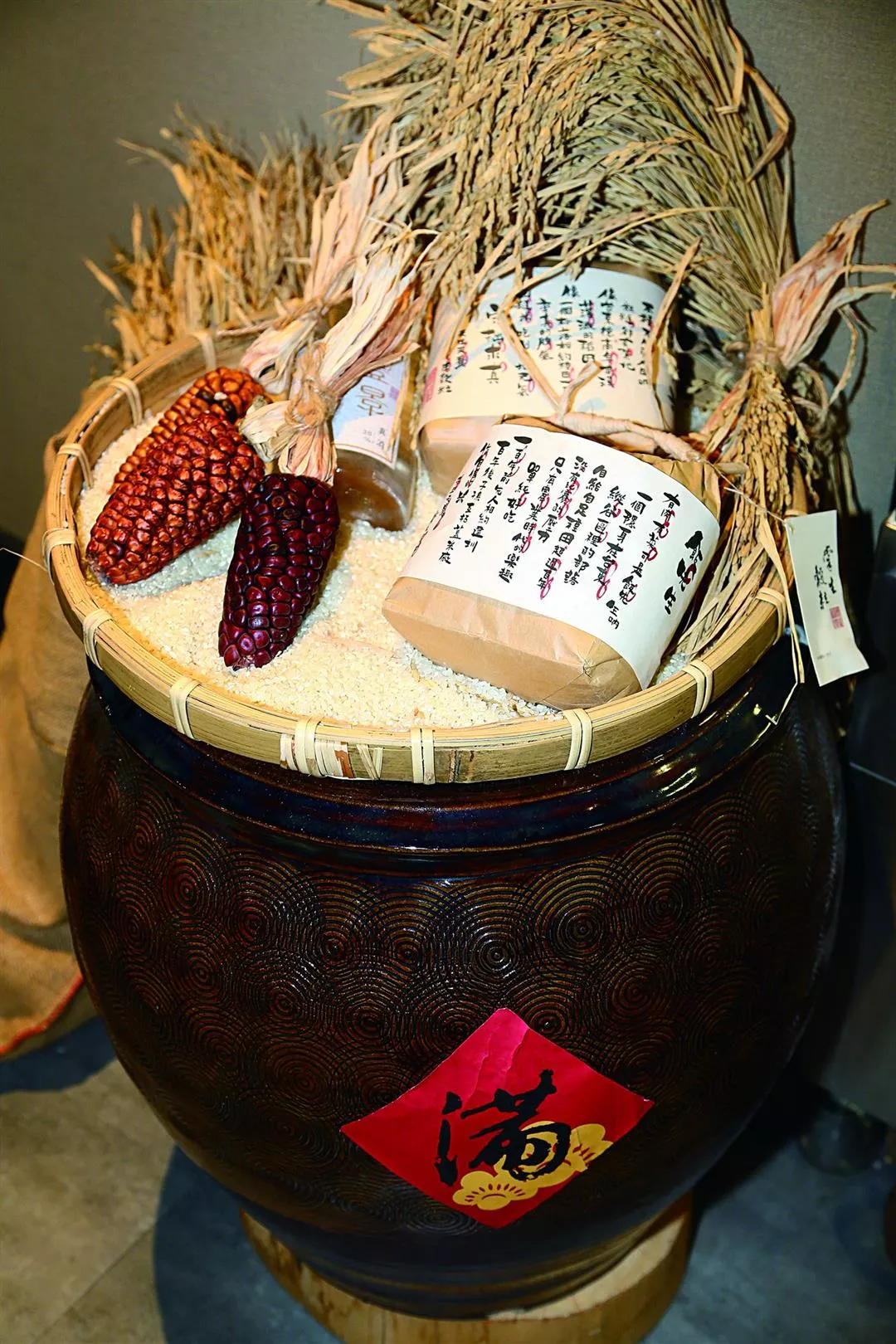Green in Hand: Marketing a rice culture
In Taipei, far from where the rice is planted, one finds the retailer “Green in Hand,” which has pushed rice onto the international stage and into the realms of cultural creativity. Over the last two years it has won both a German Red Dot design award and a Design for Asia Award. These have attracted attention from various quarters.
Gabi Cheng, the founder of Green in Hand, explains that the company from the get-go regarded rice as being part of the “souvenir” market and saw itself as carving out an international channel for Taiwan.
“Rice is a gift that represents Taiwan,” says Cheng, who emphasizes that every mouthful is a unique expression of the soil and climate of Taiwan. For travelers to Taiwan, the taste is well worth bringing home with them.
The simple design of Green in Hand products inspires people to fondle them admiringly. The rices in small floral-patterned cloth bags are particularly popular. Because the packaging is so exquisite, many people are hesitant to actually open the bags and use the rice.
Cheng says that when customers reluctantly open up a bag after a year, they find that the rice is full of weevils. With heavy hearts, they call asking what to do. In such cases, Cheng tells customers to compost the weevil-infested rice, and then she sends them a new package. “We give it away in the hope our friends will able to eat good fresh rice!”
Cheng is a second-generation “mainlander” (those who came to Taiwan from the Chinese mainland when the Nationalist government decamped to Taiwan in 1949), and she remembers when the family acquired rice with ration coupons. She says that none of the rice she ate when young was particularly tasty. When she was 30, she had her first taste of good rice when her mother-in-law sent up a 30-kilo package of rice from Taitung as a wedding gift.
Back them it wasn’t common to give rice as a gift. Its weight invoked the displeasure of the mail carrier, and even Cheng’s father had doubts about its appropriateness: “Is this a present or disaster relief?”
In 2006 Cheng and her husband wanted to start a business selling local Taiwan products. Immediately, she thought of the varieties of rice that one can’t usually find on grocery store shelves. Living in a city far from where the rice was produced, Cheng took a maverick urban approach to marketing the rice—with regard to both the design of the packaging and the text on it. Immediately the products attracted attention, finding interested buyers in the tourist, wedding and corporate gift markets.
“A full ceramic vat of rice is the best wedding present.” Chen says that giving rice as a wedding present is invested with deep meaning. Companies can show a “maverick” corporate character by giving rice. Laughing, she notes that in 2008 after the global financial tsunami, a local financial institution ordered shipments of New Year’s rice to give to its staff, so that the employees that received this heavy gift were each “able to eat a pound” (a pun on a phrase that means “were astounded”).
In 2014 Green in Hand opened its first brick-and-mortar shop at Taipei’s Songshan Cultural and Creative Park. Last year it won the business of some major clients and expanded production. It has opened another shop on Taipei’s Ren’ai Road and has counters in two of Eslite’s stores in Hong Kong. It is hoping to significantly expand its operations.
Cheng explains that it is the firm’s professional responsibility to develop sales channels for rice that everyone loves to eat. “We have always put a top priority on delivering profit to the farmers,” she says. For their largest order, they contracted with seven rice farmers with whom they have an excellent relationship, and with them they have developed famous brands, such as “Mr. Rice” and “Respecting Farmers Rice.”
“But some strains of rice are disappearing,” Cheng says with regret. For example, the award-winning rice grown in Luye, Taitung by “Papa Hsu” has ceased to be available with the old farmer’s passing.
“Let’s applaud and encourage the things that Taiwan and its people have long excelled at!” That’s Green Hand’s business slogan. Although no one can stop the beautiful products and people of Taiwan from constantly disappearing, it is also true that they are continually being reborn. Isn’t that also the story of Taiwan rice?

Yin-Chuan markets Taiwan’s leading brand of organic rice. Its CEO Lai Chao-hsuan says that no value is more important to the firm than being good to the land.

Each mouthful of Taiwan-grown rice offers a taste of the land. It is well worth savoring. (courtesy of Green in Hand)

Each mouthful of Taiwan-grown rice offers a taste of the land. It is well worth savoring. (courtesy of Green in Hand)

A gift of a full vat of rice is how Green in Hand conveys its best wishes to its clients and farmer suppliers.